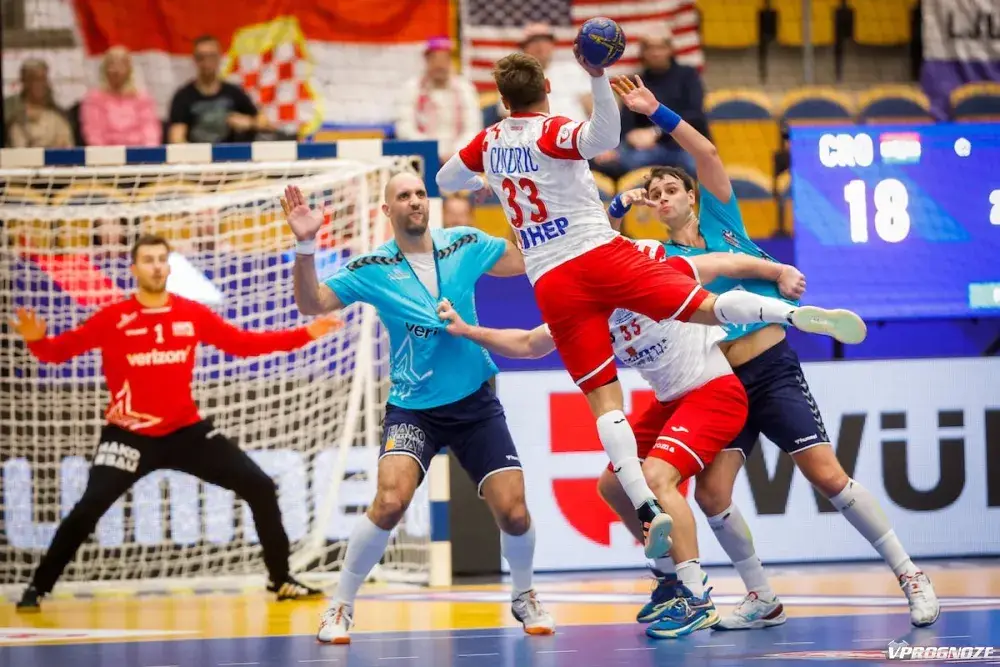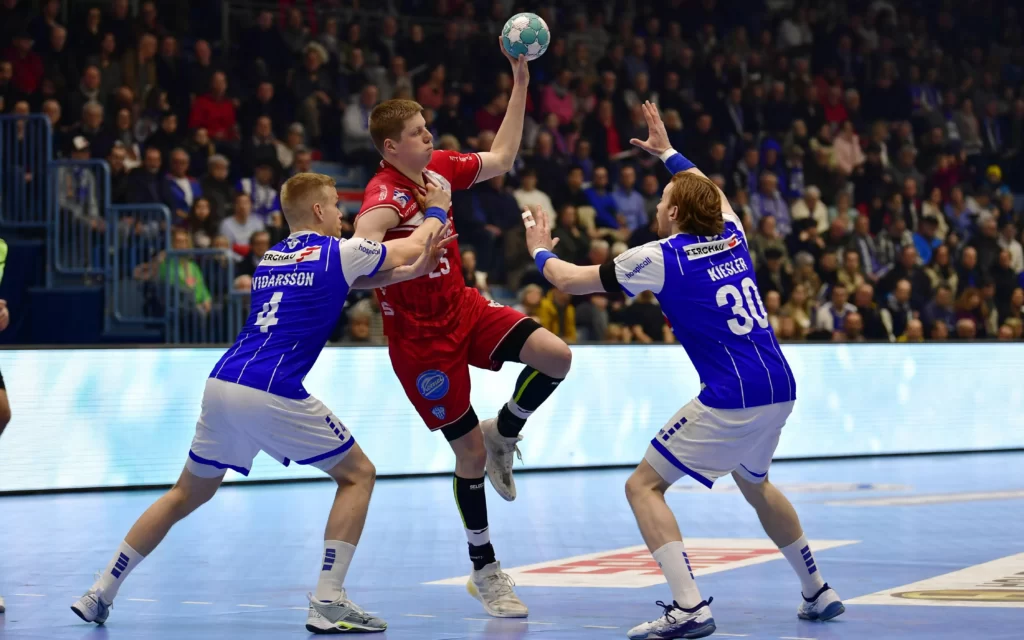Handball in 2025 promises to be a real sensation. With highly anticipated championships and major tournaments on the horizon, this year will surprise fans around the world. In our overview, we discuss three major events in handball that are sure to attract attention.
Handball World Championship 2025
The World Cup will be held in Denmark and Norway. These two countries are not the first to host matches at this level and their sports stadiums have long proven themselves to be ideal venues for world championships. The tournament starts in January and fans around the world are already planning their trips so as not to miss the amazing battles of the world’s best teams. Denmark and Norway are known for their excellent organisation of sporting events, and the 2025 Handball Championship will be no exception: the hosts are already actively preparing to welcome hundreds of thousands of spectators and create all conditions for comfort and unforgettable experiences.
National teams and leaders: who to respect and who to fear?
At the 2025 championships, handball teams are set to compete for the title of the strongest team in the world. France, Spain and Norway are the favourites of the tournament. Each has a lot of experience and many titles to their name. The French team traditionally shows excellent physical preparation and tactical flexibility. The Spaniards are known for their speed and precision in attack, while the Norwegians rely on iron discipline and solid defence.
Key players include Mikel Hansen, Alex Dushebaev and Nikola Karabatic. Young talents will not remain in the shadows either: promising athletes ready to surprise the world will make their debut at the championships.
Excitement among fans and in the stands: how will the public experience handball?
Handball in 2025 is not just about athleticism and tactics. It is also about passion in the stands. Fans from different countries are preparing to travel and support their national teams. Scandinavian stadiums are known for their hospitality and atmosphere, with the stands literally breathing with what happens on the pitch. Organisers are actively working on a programme of entertainment activities to complement the match experience: fan zones, live concerts and special events for the whole family are expected. Last year, spectators witnessed some impressive events:
fan flash mobs with hundreds of people dancing in sync in support of the teams, creating an unforgettable atmosphere of unity.
Master classes by top players, where young fans could meet their idols and test their handball skills under the guidance of professionals.
Firework shows at the opening and closing of the matches, which highlighted the importance of each event and turned the sporting events into real festivities.
Concerts by international stars between matches – such as performances by Shakira, Imagine Dragons and David Guetta – made each tournament not only a sporting but also a cultural event, bringing people together.
European club handball championships in 2025
 As always, the tournament will be a true battleground for the strongest handball clubs of 2025. Invited to participate are the teams that have long established themselves as world leaders: PSG, Barcelona, Veszprém and Kiel. These teams have not only brought together the best players in the world, but also developed unique strategies that make every match a true spectacle. Fans will witness a clash of different styles, from the mighty German handball to the graceful technique of the Spaniards.
As always, the tournament will be a true battleground for the strongest handball clubs of 2025. Invited to participate are the teams that have long established themselves as world leaders: PSG, Barcelona, Veszprém and Kiel. These teams have not only brought together the best players in the world, but also developed unique strategies that make every match a true spectacle. Fans will witness a clash of different styles, from the mighty German handball to the graceful technique of the Spaniards.
Handball events calendar: when can you enjoy the epic battles?
The tournament starts in May 2025 and lasts until the end of the summer, giving handball fans the chance to enjoy several months of matches. The dates of the main matches have already been announced and most of the finals will take place in July. The organisers promise high-quality broadcasts and extensive media coverage, so no fan will miss a second of the main events.
Coaches’ influence on the game
At the 2025 European Club Championships, spectators will witness real tactical manoeuvres. Top club coaches, such as Raúl González and Talant Duishebaev, are working on innovative playing schemes. This year, flexibility in defence and flexibility in play are important. This year, flexibility in defence and a multi-level attacking strategy, in which each athlete has a clearly defined role, are in the foreground.
Russian Handball Championship 2025
The Russian Handball Championship 2025 will start in September and is one of the events that the country’s sports fans are eagerly looking forward to. This year, the country’s top clubs such as the Chekhov Bears, SKIF Krasnodar and Neva St. The teams are actively working on improving their tactics and preparing for a fierce battle for the championship. Russian clubs traditionally rely on physical strength and solid defence, which makes their matches particularly exciting and emotionally intense.
New faces in the 2025 handball tournaments
National competitions are not only a battle for supremacy, but also a great opportunity for young players to prove themselves. In 2025 tournaments, both veterans of Russian handball and newcomers looking to make a name for themselves on the international stage will participate. Many teams have been strengthened with young talents who want to prove they are ready to compete with the best in the world.
Fan support
The national championship has always been an important event for Russian fans. Fan support in the stands is a real number 12. In 2025, large-scale support actions will return to the stadiums, including organised flash mobs, banners and even special surprises from the teams for the most loyal spectators. The frenzy of the stands and their unconditional support could turn the toughest match into a long-awaited victory.
A year of great expectations and big changes
 The year 2025 promises to be a busy one for all handball fans. From the World Cup to the national leagues, each tournament adds a unique colour to the whole. The preparation of host nations, the energy of fans and new tactical ideas will make 2025 a unique handball year. Prepare for excitement, unexpected twists and turns and, of course, new legends of the sport.
The year 2025 promises to be a busy one for all handball fans. From the World Cup to the national leagues, each tournament adds a unique colour to the whole. The preparation of host nations, the energy of fans and new tactical ideas will make 2025 a unique handball year. Prepare for excitement, unexpected twists and turns and, of course, new legends of the sport.
 en
en  ru
ru  de
de  ar
ar  es
es  nl
nl  hi
hi  fr
fr  it
it  pt
pt  el
el 










